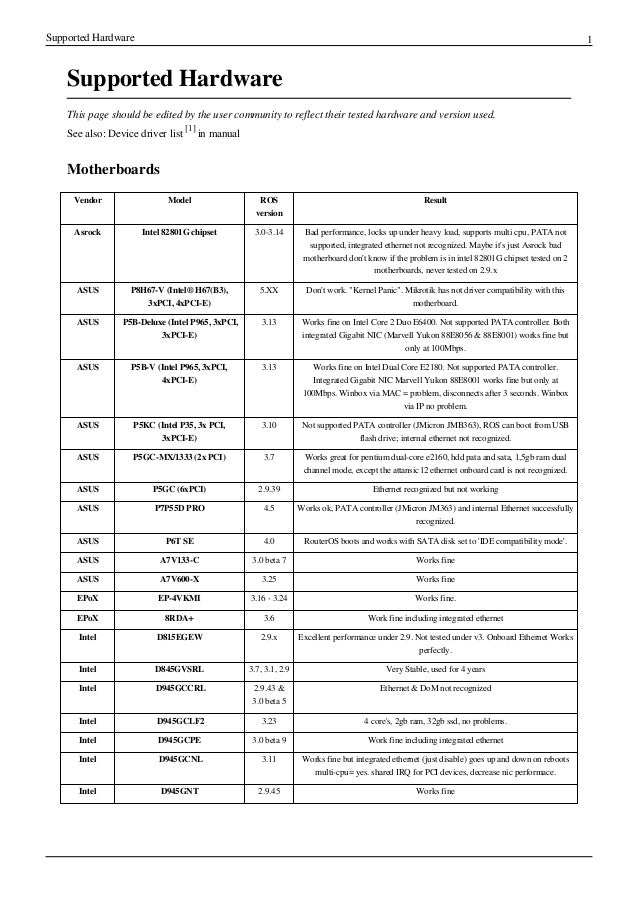Globetrotter Hsdpa Modem Driver Qualcomm Atheros
Samsung NC10 restore disk ISO complete Windows® 10 Samsung® NC10 Driver Restore Samsung® NC10 Modem Devices Globetrotter HSDPA Modem USB VID_0AF0 PID_6971. Hi, NC10 HSDPA 2GB RAM 320GB If you have the virgin media hub or superhub this sounds like the atheros ar5007eg wifi driver version. Notice: There are many drivers available for your device - please select any of these. If for any reason, one driver doesn't work - try another one.

Site Map ©2018 Qualcomm Technologies, Inc. And/or its affiliated companies. Nothing in these materials is an offer to sell any of the components or devices referenced herein. References to 'Qualcomm'; may mean Qualcomm Incorporated, or subsidiaries or business units within the Qualcomm corporate structure, as applicable. Materials that are as of a specific date, including but not limited to press releases, presentations, blog posts and webcasts, may have been superseded by subsequent events or disclosures. Qualcomm Incorporated includes Qualcomm's licensing business, QTL, and the vast majority of its patent portfolio.
Qualcomm Technologies, Inc., a wholly-owned subsidiary of Qualcomm Incorporated, operates, along with its subsidiaries, substantially all of Qualcomm's engineering, research and development functions, and substantially all of its products and services businesses. Qualcomm products referenced on this page are products of Qualcomm Technologies, Inc. And/or its subsidiaries.
Hey everyone, I've scoured the net for a good comparison of 3G modems, but I haven't found any. Pentium R Dual Core Cpu E5700 Lan Drivers Free Download. Let me get you all started with this guide I wrote for the LaptopVideo2Go forum: (hopefully we can start some kind of discussion here or there) 3G Modems: CDMA/EVDO rev. A I'm from the US, so even though I don't use Verizon or Sprint, I feel an obligation to mention this. As far as I know, all of the main manufacturers for 3G modems make CDMA devices as well as GSM devices. CDMA should not be confused with W-CDMA. A is now a fairly dated spec, since CDMA networks don't really have a long-term future, so its speeds haven't been updated. That said, Verizon's 3G coverage is far more extensive than any other US network, and Sprint's network is very speedy, assuming you can find a signal.
EVDO networks in the US operate on the 1900 and 850 MHz frequencies. Higher frequencies allow for greater fidelity at short ranges, such as in cities, while the lower frequencies allow for greater range, especially in rural areas. While upgrading to revision B is on the table, current theoretical speeds lag behind AT&T at 3.1 MBps down and 1.4 MBps up.
Novatel Wireless, Sierra Wireless, ZTE, Huawei, and Option (Gobi) all make CDMA-compatible devices. I have no experience with CDMA networks since switching from Verizon a year ago. Note that in the US, CDMA networks do not use SIM cards, so switching carriers is quite difficult (except with Gobi modems) and unlimited 'LaptopConnect' data packages are usually $60/month. GSM/HSPA GSM is the global mobile telephony standard, for the most part. In the US, AT&T and T-Mobile operate on the GSM standard, on the frequencies of 850 MHz and 1900 MHz. Until the days of UMTS (part of the updated GSM spec) the technology used in GSM networks lagged substantially behind that of CDMA networks in terms of network capacity, fidellity, etc.
However, for the past decade, inevitably more research has gone into improving GSM networks than CDMA networks due to their widespread use. In Europe, GSM networks also operate on the 2100 MHz and 900 MHz frequencies, so if international use is important to you, look for quad-band EDGE/tri-band UMTS. GSM systems use SIM cards which allow for switching networks, and also paying for data plans designed for feature-phones but using them for data-cards and data-intensive smartphones. UMTS is an upgrade to the GSM system that incorporates W-CDMA, developed by Japan's NTT DoCoMo telecom; it incorporates many of the same advantages of previous legacy CDMA networks. However, UMTS allowed for several additional features that did not exist in conventional CDMA systems.
There are also extensions to the UMTS spec called HSDPA and HSUPA which currently allow for theoretical download speeds of 7. Transtype 4 Mac Serial Number. 2 Mbps and upload speeds of 2.0 or 5.4 Mbps. When a card/modem/phone has simultaneous HSDPA and HSUPA access, this is often called HSPA.
HSPA+ will add further speed enhancements to the spec. Note that T-Mobile has branched from AT&T and uses the 1700 MHz (AWS) frequency for its brand-new 3G network. Coverage on both AT&T and T-Mobile is significantly worse than on Verizon, although AT&T is currently rolling out more and more service on the 850 MHz frequency, resolving many users' connectivity issues. T-Mobile is still playing catch-up. UMTS will be superceded by LTE in the coming years, and all of the US carriers seem to be converging on LTE, and seemless handoffs between both GSM and CDMA networks have been demonstrated.